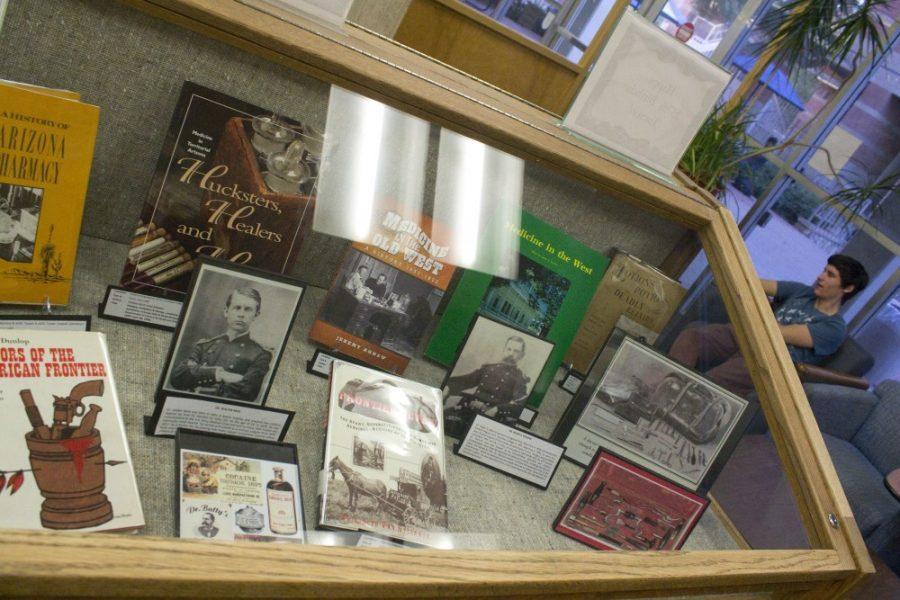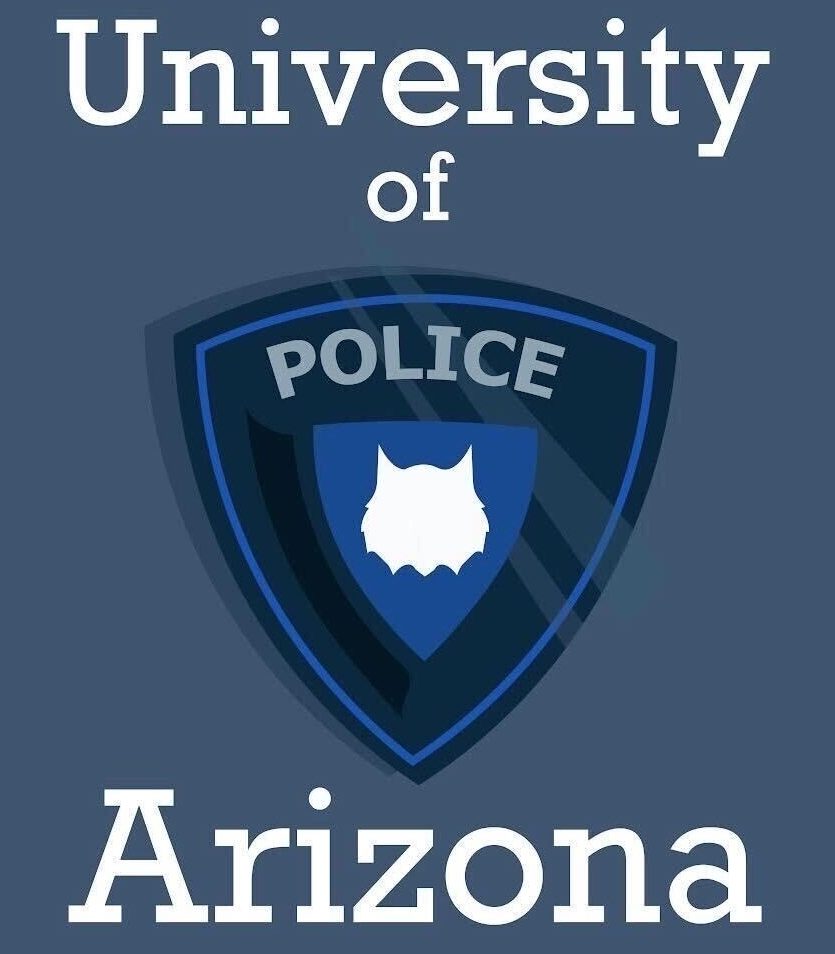An earlier version of this article stated that “biological” information on nine physicians had been on display at this exhibit. It has since been corrected to “biographical” information.
An exhibit on age-old medical practices aims to showcase the impact of the Southwest in the world of medicine.
UA Library Special Collections is showcasing photos, books and ephemera of early physicians and hospitals at the Science–Engineering Library. The exhibit, which showcases items dated between the 1860s and 1930s, also shows Tucson’s early approaches at treating tuberculosis.
The exhibit was curated to commemorate Tucson’s 237th birthday, which was in August. Associate Librarian for the UA Library Special Collections Bob Diaz explained that the goal of the exhibit was to educate others on the city’s history as it celebrated this milestone.
According to Diaz, Tucson was prevalent for tuberculosis because the climate and good weather were considered especially favorable for treating the disease.
“Tuberculosis was a big health concern,” Diaz said. “And Tucson was promoted as a place where people could feel well here, so there were a lot of sanatoriums. People from all over the country would come here to get treated.”
Tuberculosis was especially prevalent in the early 20th century, accounting for 12 out of every 100 deaths. During this time, 25 percent of all newcomers to the Southwest came to seek tuberculosis treatment.
The exhibit is divided into three sections. The first section showcases sanatoriums, or resort-like treatment facilities for tuberculosis patients. There were a number of sanatoriums in Tucson, including Tentville on Speedway Boulevard between Park and First avenues.
The second section features the hospitals that were in Tucson during those particular decades. Documents within the exhibit include photographs of buildings like the St. Mary’s Hospital and early documents from the Pima County General Hospital, Diaz said.
The third section covers the contributions made to Arizona by its medical community. According to Diaz, this section includes early doctors that practiced at Fort Lowell Hospital. Biographical information on nine early physicians are available, and includes George E. Goodfellow, who performed the world’s first prostate removal surgery.
The exhibit remains open to the public until the end of December.
“It’s coming down to the end of the year,” Diaz said. “So if people want to see it, they should come see it soon.”








